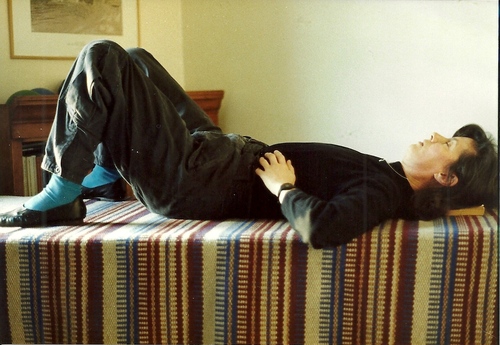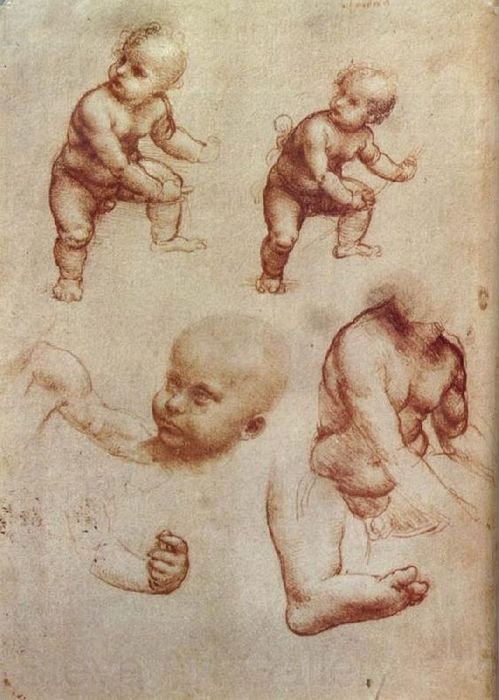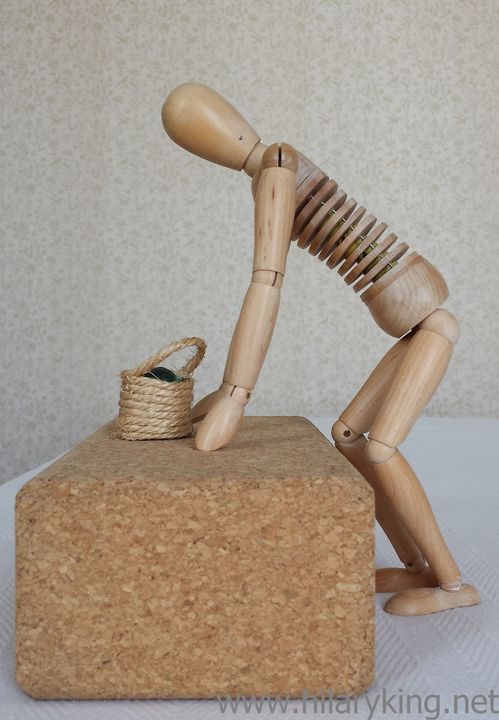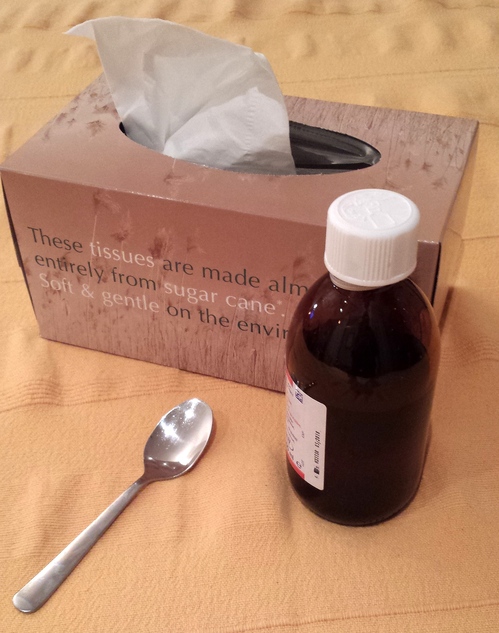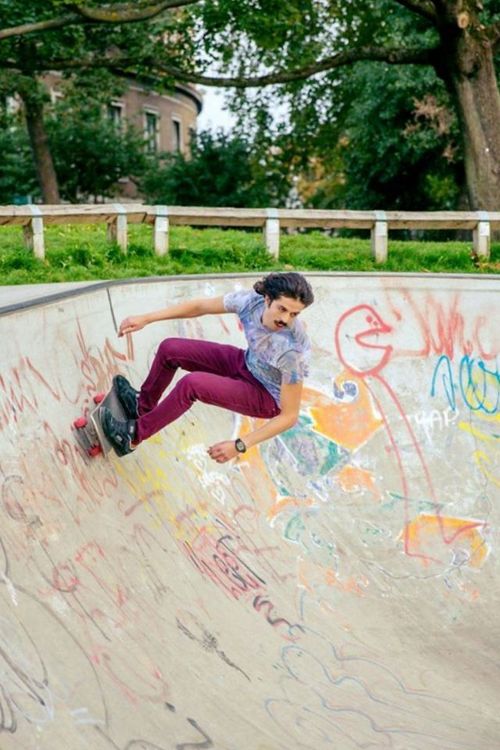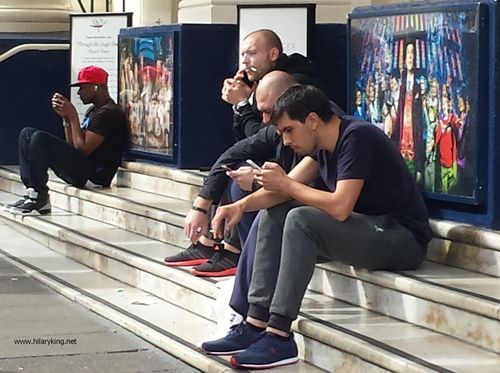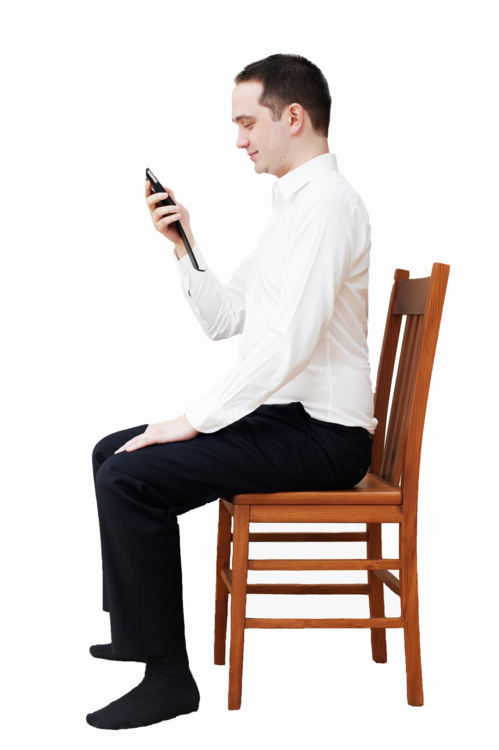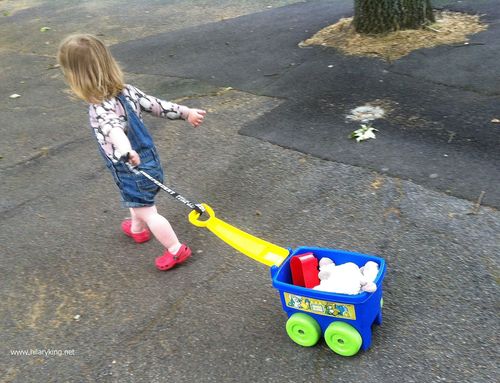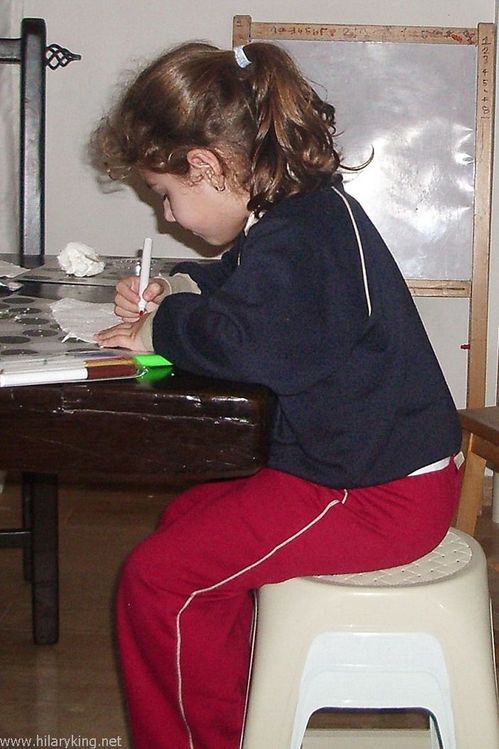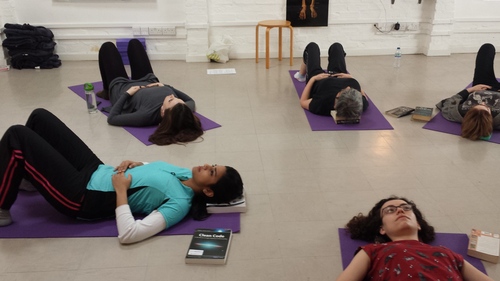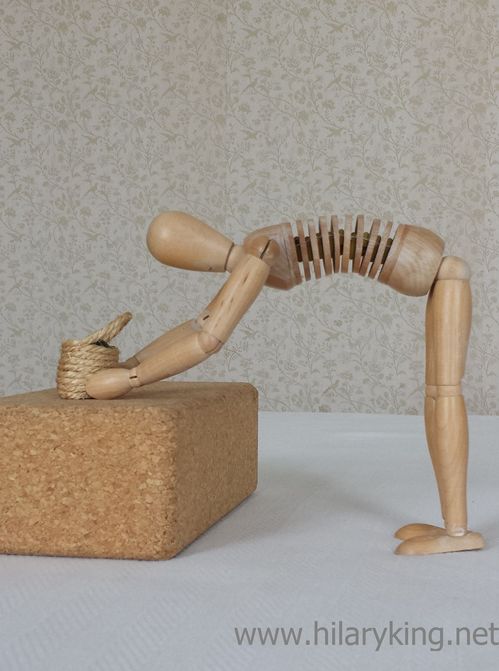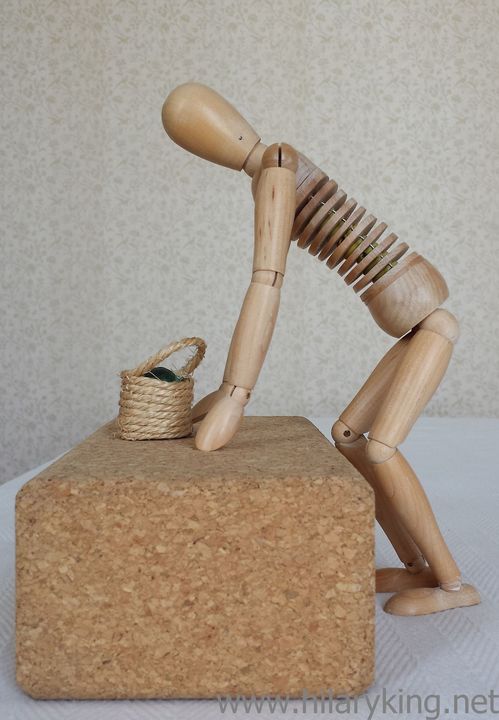Alexander Technique in Schools
There’s a great new video available on YouTube called ‘Alexander in Education’ and it is designed to promote the AT as a subject to be taught throughout general education
The AT is already being taught in a good number of primary and secondary schools, plus colleges and universities and it is really proving to be a wonderful tool for those who learn it. Not only does it help with problems such as back pain but is also reported as giving children, as well as adults, greater confidence and learning it helps to increase their attention span. But there are many many schools that do not use the AT yet and they could very much benefit from doing so.
Studying and Homework can be Stressful
Teaching children to sit, write, draw, play music and sports with awareness and ease reduces stress and discomfort, whilst helping prevent problems such as back pain from developing. This work also gives children a tool they can use throughout the rest of their lives.
The child in the photo is doing some drawing for her homework with an easy poise as she holds her pen in a comfortable manner. Unfortunately many of us lose this natural balance and way of using our bodies as we grow up, through stress, overwork, illness and accidents. Sadly, I have had several teenagers come to me for
AT lessons who have already developed back pain and RSI. If the Alexander Technique was part of the school curriculum as F M Alexander wished, many children would be spared the pain of developing such problems.
F M Alexander’s Little School
Alexander opened a school in London in 1924, with the help of Ethel Webb and Irene Tasker who was a Montessori trained teacher. The children had ordinary lessons at the Little School and the Alexander Technique was embedded into the teaching, so the way the children performed their work and lived their day was a very important part of their learning experience. Unfortunately the second world war started and the children were evacuated to America and the school was never re-established after the war ended.
Today, there is just one primary school in the UK called
Educare that runs along very similar lines to FM’s Little School, with the AT embedded into the way the school works and how the children learn. At the other end of learning, the AT is also embedded into the degree course at the Royal College of Music and many other institutions offer the AT alongside other lessons. It would be so good if all schools used the Alexander Technique to form the foundations, upon which all other subjects could build.
Take a look at the video Alexander in Education and do let other people know about it. Let’s get the Alexander Technique into more schools:
